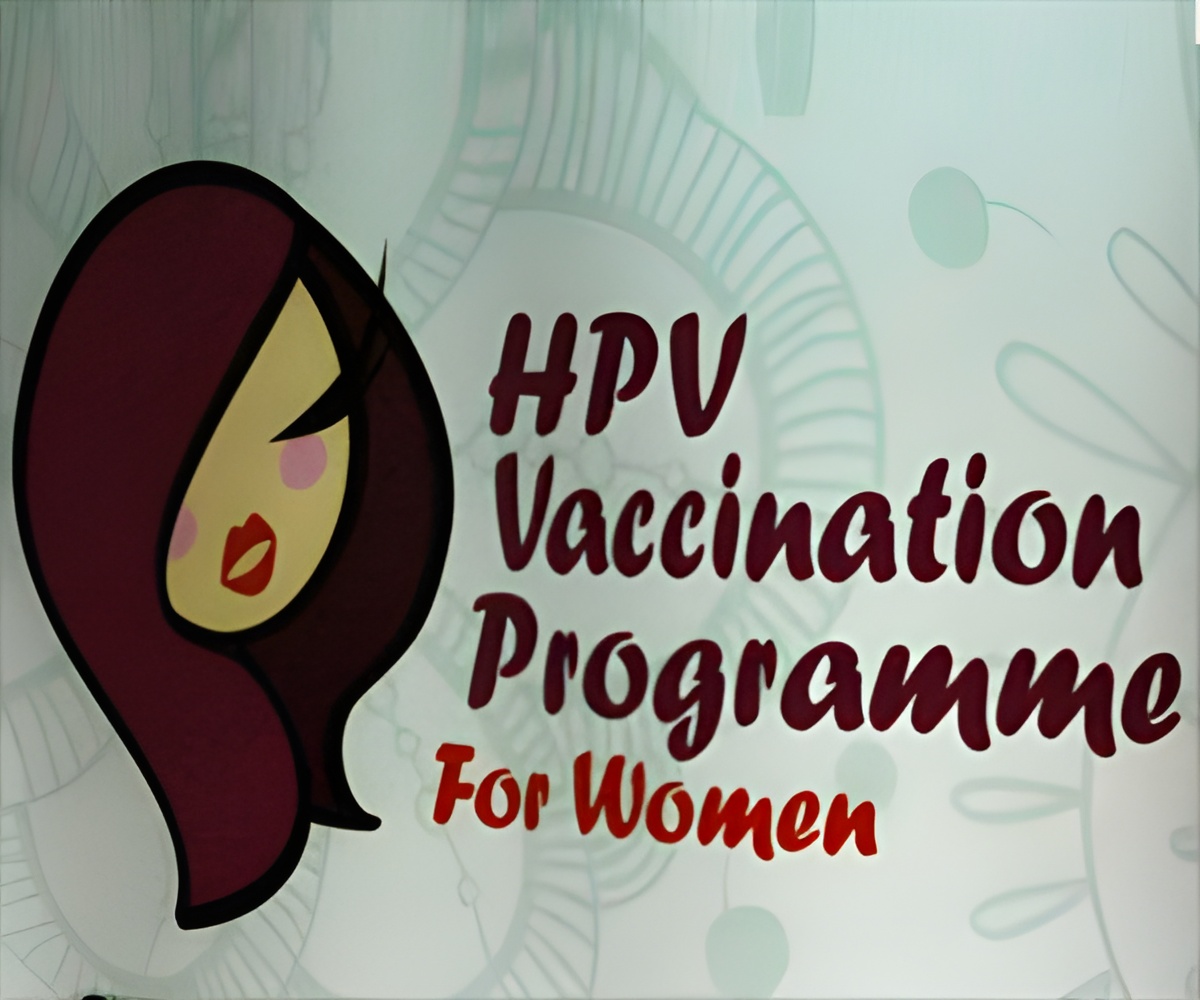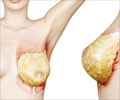In a new study, researchers confirmed the findings of previous pilot studies that found an association between HMO concentrations and infant weight and body composition and state Difference in breast milk concentrations impacts growth up to age 5

‘"We were surprised by the magnitude of the association," said senior author Lars Bode, PhD, professor of pediatrics at UC San Diego School of Medicine and director of the Larsson-Rosenquist Foundation Mother-Milk-Infant Center of Research Excellence.’





Human milk is an elaborate blend of proteins, fats, minerals and vitamins, plus complex sugar molecules called human milk oligosaccharides, or HMOs. There are approximately 150 types of HMOs. Like thumb and tongue prints, the combination and concentration of HMOs is unique to each nursing mother.In a new study, published in the February 18, 2020 online issue of The American Journal of Clinical Nutrition, researchers at University of California San Diego School of Medicine confirmed the findings of previous pilot studies that found an association between HMO concentrations and infant weight and body composition.
The earlier pilot studies looked at a smaller, combined cohort of approximately 30 infants who were exclusively breastfed and who displayed excessive weight gain over a period of six months. The UC San Diego study examined a much larger cohort of 802 mothers and their children, part of the longitudinal Steps to Healthy Development of Children (STEPS) study, led by researchers at the University of Turku in Finland. The children were examined from birth to age 5.
The researchers found that high concentrations of one HMO called 2’-Fucosyllactose (2’FL) and low concentrations of another HMO known as Lacto-N-neotetraose (LNnT) were associated with growth in infancy and early childhood. Depending upon concentrations of HMOs in mother’s milk, but independent of the mother’s pre-pregnancy body mass index or duration of breastfeeding, infant height and weight can vary by half a standard deviation. Standard deviation is a measure of how spread out numbers are.
"We were surprised by the magnitude of the association," said senior author Lars Bode, PhD, professor of pediatrics at UC San Diego School of Medicine and director of the Larsson-Rosenquist Foundation Mother-Milk-Infant Center of Research Excellence. "The impact persisted long after actual exposure to HMOs during breastfeeding. Our analytical platform allows us to measure and associate individual HMOs with specific health and development outcomes."
Advertisement
"Our goal is to generate a deep mechanistic understanding of how HMOs in a mom’s milk can contribute to infant health and development. Although we are only at the very beginning, the generated knowledge provides fascinating new opportunities," said Bode. "Some HMOs could help infants who are behind the growth curve; other HMOs could do the opposite and help lower the risk of childhood obesity. We could even imagine applying HMOs as novel therapeutics for adults who either need to gain weight or suffer from overweight and obesity."
Advertisement
The association results from cohort studies are an impactful way to generate new hypotheses, said the researchers, especially if several different cohorts show very similar associations. However, association studies do not prove causality. Bode said his team’s next steps include bringing the data back to the lab to test whether or not HMOs, either alone or in combination, affect growth and to pinpoint the underlying mechanisms.
Source-Eurekalert













